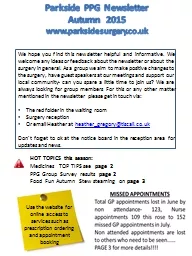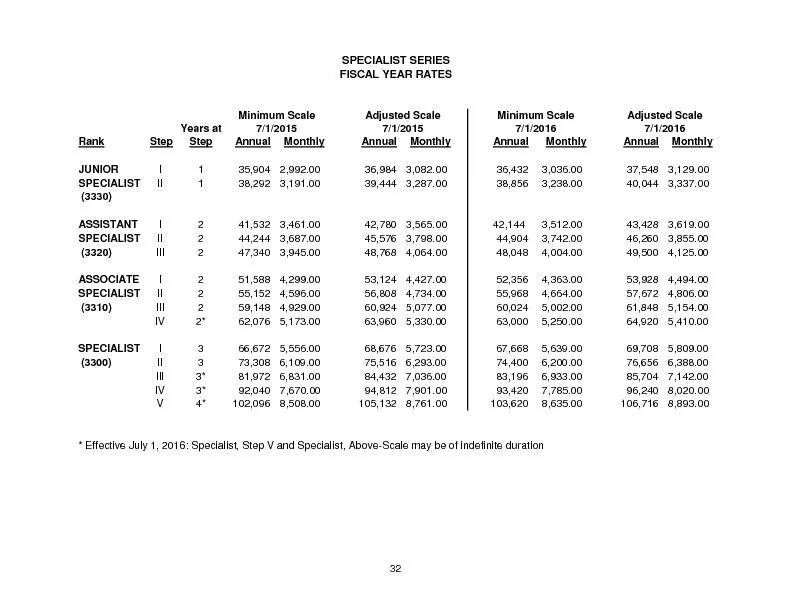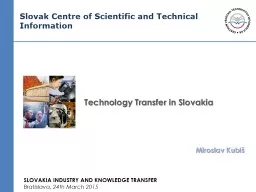PDF-Monthly Newsletter of National Centre for Disease ControlDirectorate
Author : anya | Published Date : 2022-09-22
1 Alert 2 due to Norwalklike virus in 20022 Chemical Food poisoningToxic compounds like lectins and glycoalkaloidscompounds like pesticides heavy metals andtonnes
Presentation Embed Code
Download Presentation
Download Presentation The PPT/PDF document "Monthly Newsletter of National Centre fo..." is the property of its rightful owner. Permission is granted to download and print the materials on this website for personal, non-commercial use only, and to display it on your personal computer provided you do not modify the materials and that you retain all copyright notices contained in the materials. By downloading content from our website, you accept the terms of this agreement.
Monthly Newsletter of National Centre for Disease ControlDirectorate: Transcript
Download Rules Of Document
"Monthly Newsletter of National Centre for Disease ControlDirectorate"The content belongs to its owner. You may download and print it for personal use, without modification, and keep all copyright notices. By downloading, you agree to these terms.
Related Documents














